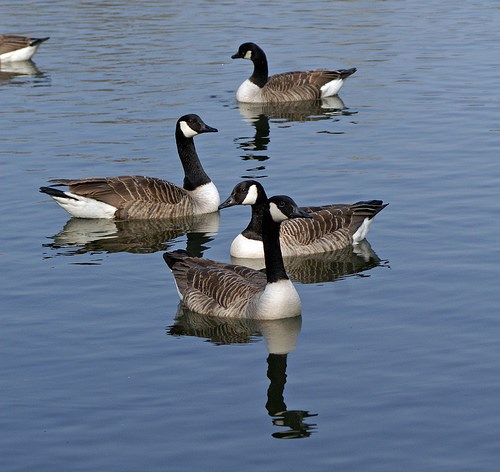The weather is getting warmer and the birds are migrating back to the area – a perfect time to celebrate National Wildlife Week from April 5-11.
“I think we can all recognize that wildlife pursuits – everything form birdwatching to canoeing to hunting and angling – are heritage activities that really opened up Canada, and the wildlife resources we have in Saskatchewan are unsurpassed anywhere in the world,” said Darrell Crabbe, executive director of the Saskatchewan Wildlife Federation. “In Saskatchewan especially we’re blessed to have those resources.”
April 10 was the 150th birthday of Jack Miner, who is considered the father of North American conservationism. His experiments with conservationism began when he fed and sheltered quail that were having a hard time with the winter.
He began to notice Canada geese stopping at a pond on his property during their northerly migration, and he began making efforts to attract more geese.
This project grew into the Jack Miner Migratory Bird Sanctuary, which still exists today in Ontario.
He was one of the first conservationists to make an effort to determine the migratory path of birds. He put bands with his address and a Bible verse on Canada geese to see where they ended up.
To celebrate, this year’s National Wildlife Week has the theme of recognizing migration.
“Migration heralds spring coming,” Crabbe said. “It’s a great opportunity because everyone’s getting outside. It really helps to get out there and do a little hiking around and take a look around.”
In the past, the week has focused on other groups of wildlife, such as insects. However, Crabbe said that it’s a good time to learn about migration, since it’s something that people can observe in their daily lives.
Crabbe said that there are several ways people can help their conservation efforts. Number one, he said, is to check the Saskatchewan Wildlife Federation website and get involved with their initiatives.
“The government recognizes wildlife is a resource of the people of Saskatchewan and has to manage them in the best interest of the people of Saskatchewan,” Crabbe said.
Crabbe said there are economic consequences if habitats and wetlands continue to get destroyed.
“(Outdoor activities) contribute over $40 billion annually in Canada. It’s probably one of the largest, if not the largest, single industries across Canada,” he said, and added that in Saskatchewan, hunting and angling along generate half a billion dollars a year.
“From an economic standpoint, it’s very very important,” he said.
But even beyond that, wildlife is just necessary for quality of life in Canada. Crabbe said that 80 per cent of Canadians participate in nature-based activities every year, and consider the ability to be outdoors their #1 concern of quality of life.
“It has that economic benefit, but it’s also people’s quality of life that is the major factor that’s considered,” Crabbe said.




